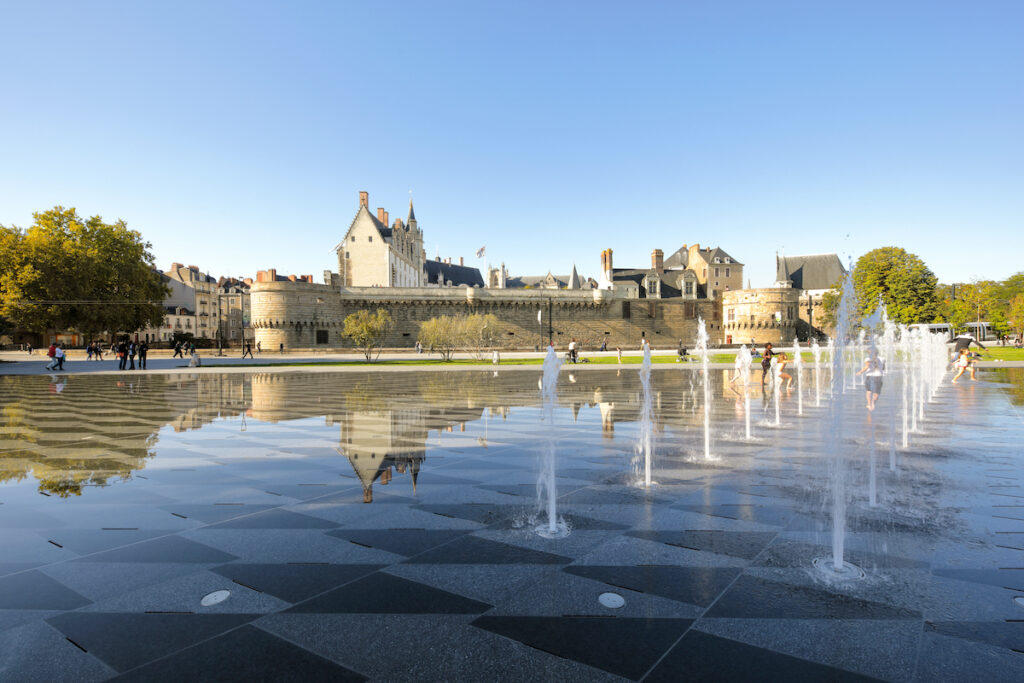Urban Facilities Management
Cities, local authorities, etc. are responsible for the management of various assets (buildings, urban spaces, water networks, roads, structures, etc.) scattered across their territories.
OBJECTIVES:
Urban asset management is a crucial challenge for cities, as they strive to preserve their identity and tourist attractiveness while meeting the needs of economic development and modernization.
Finding a balance between heritage preservation and the creation of new innovative spaces and projects is essential. Our managers must also coordinate and work collaboratively with the various stakeholders involved in urban asset management through often complex and ambitious programs.
of the world’s population lives in urban areas, and this number is expected to reach 68% by 2050
Over
of bicycle lanes were created in France in response to the increased use of cycling
is the modal share of cycling in urban travel in France
of French people have access to clean water, sanitation, and waste management in their municipalities.
WIZART SOLUTIONS:
What WizArt offers to managers of these facilities:
- Inventory and understanding of the assets under their responsibility.
- Organization of different types of assets regardless of their location.
- Mapping of these assets on the territory.
- Management of multiple programs related to common heritage.
- Monitoring the condition of assets throughout their lifecycle.
- Planning maintenance and operation of assets through intervention programs.
- Sharing information with the right people at the right time.
The platform provides managers with:
- Access to information anytime and anywhere.
- Secure data storage in France.
- Leveraging ARTELIA’s expertise in managing these data.

Discover the functionalities of WIZART for the management of urban facilities
BENEFITS:
Implementing WizArt for urban asset management offers numerous benefits, such as:
- Centralization of all urban programs through dedicated project management for each program.
- Geographic analysis of assets on the territory using powerful and advanced visualization tools.
- Synthesized information in the form of dashboards for different assets.
- Enhanced and simplified collaboration among various stakeholders involved in a project.
- Facilitated planning of maintenance for different assets.
- Optimization of investments.
